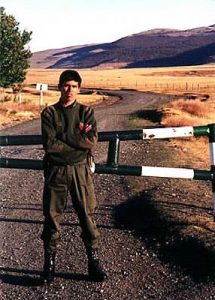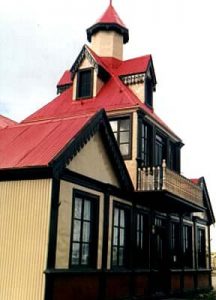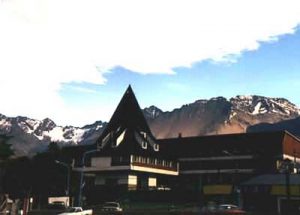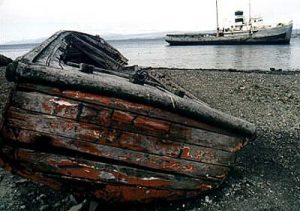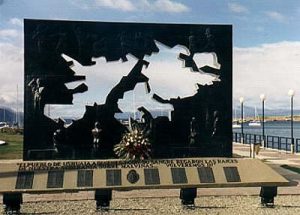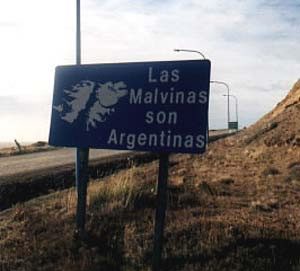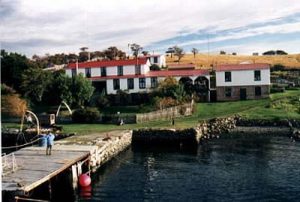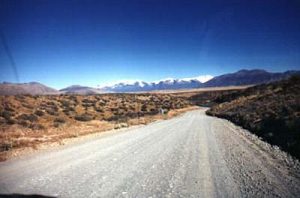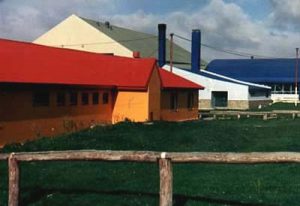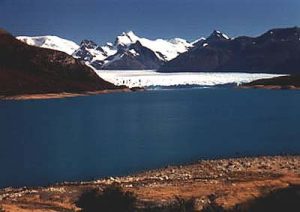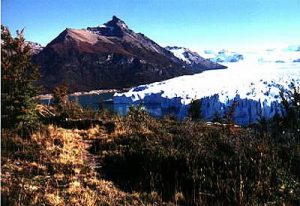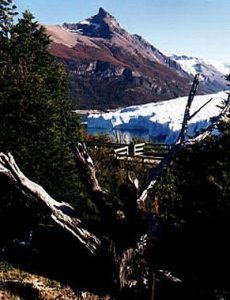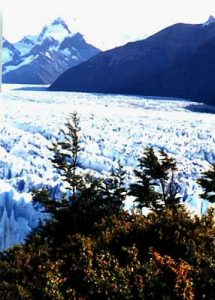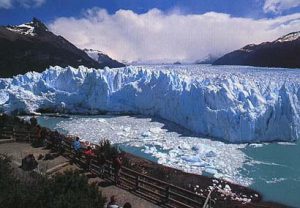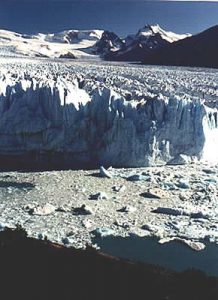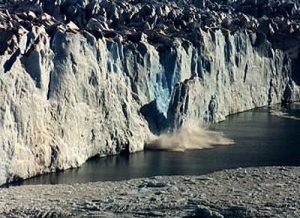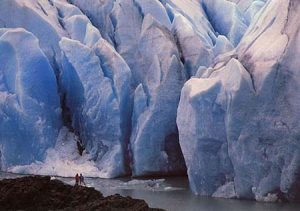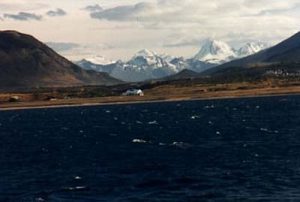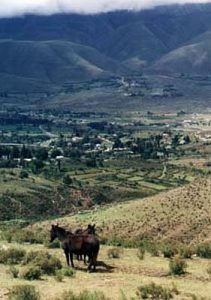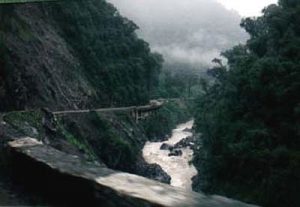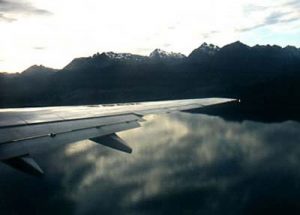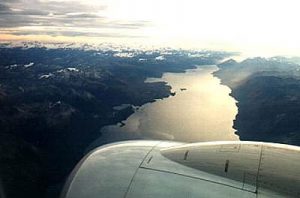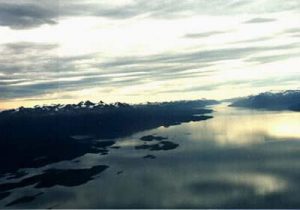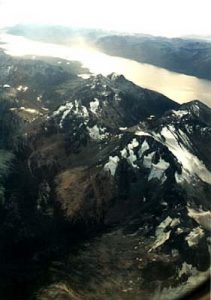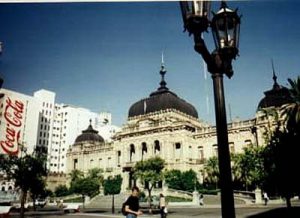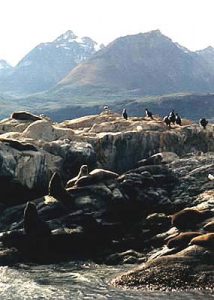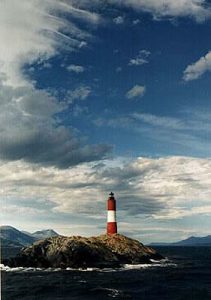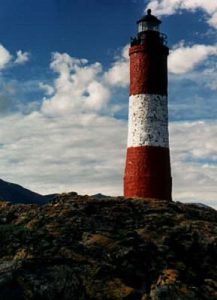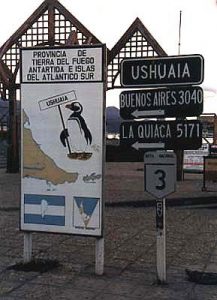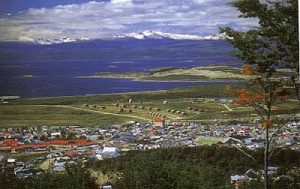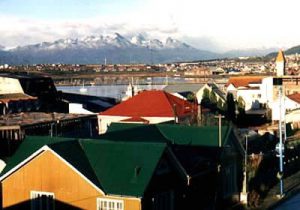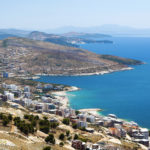Argentina Gallery B – Tucuman city, Ushuaia, Moreno Glacier
Argentina is the second largest country in South America by land area, and eighth in the world. Its continental area is 2,766,890 km2 (1,068,302 sq mi), between the Andes mountain range in the west and the southern Atlantic Ocean in the east and south. Argentina has the highest Human Development Index level and the second highest Gross Domestic Product (GDP) per capita in purchasing power parity in Latin America.
San Miguel de Tucumán (usually referred to as simply Tucumán) is the largest city in northern Argentina, with a population of 525,853 per the 2001 census. The metropolitan area totals 806,000, making it the fifth-largest in the country. It is the capital of the province of Tucumán. It was founded in 1565 by Spanish Diego de Villarroel travelling south from Peru and was moved to the present site in 1685. On July 9, 1816 a congress gathered in Tucumán declared the independence from Spain, which did not officially recognize it until 1862. The meeting place of the congress, the House of Tucumán, has been reconstructed as a national monument.
Ushuaia is the capital of the Argentine province of Tierra del Fuego and is considered sometimes the be the southernmost city in the world. It is located on the southern coast of the island of Tierra del Fuego in a wide bay, guarded on the north by the Martial mountain range and on the south by the Beagle Channel. For most of the first half of the 20th century, the city was centered around a prison for serious criminals. The Argentine government set up this prison following the example of the British with Australia
Moreno glacier is one of the most important tourist attractions in the Argentine Patagonia.
The 250 km2 (97 sq mi) ice formation, and 30 km (19 mi) in length, is one of 48 glaciers fed by the Southern Patagonian Ice Field located in the Andes system shared with Chile. This icefield is the world’s third largest reserve of fresh water. The terminus of the Perito Moreno Glacier is 5 kilometres (3 mi) wide, with an average height of 60 m (197 ft) above the surface of the water, with a total ice depth of 170 metres (558 ft). It advances at a speed of up to 2 metres (6.56 ft) per day (around 700 metres (2,297 ft) per year), although it loses mass at approximately the same rate, meaning that aside from small variations, its terminus has not advanced or receded in the past 90 years. At its deepest part, the glacier has a depth of approximately 700 metres (2,297 ft).

